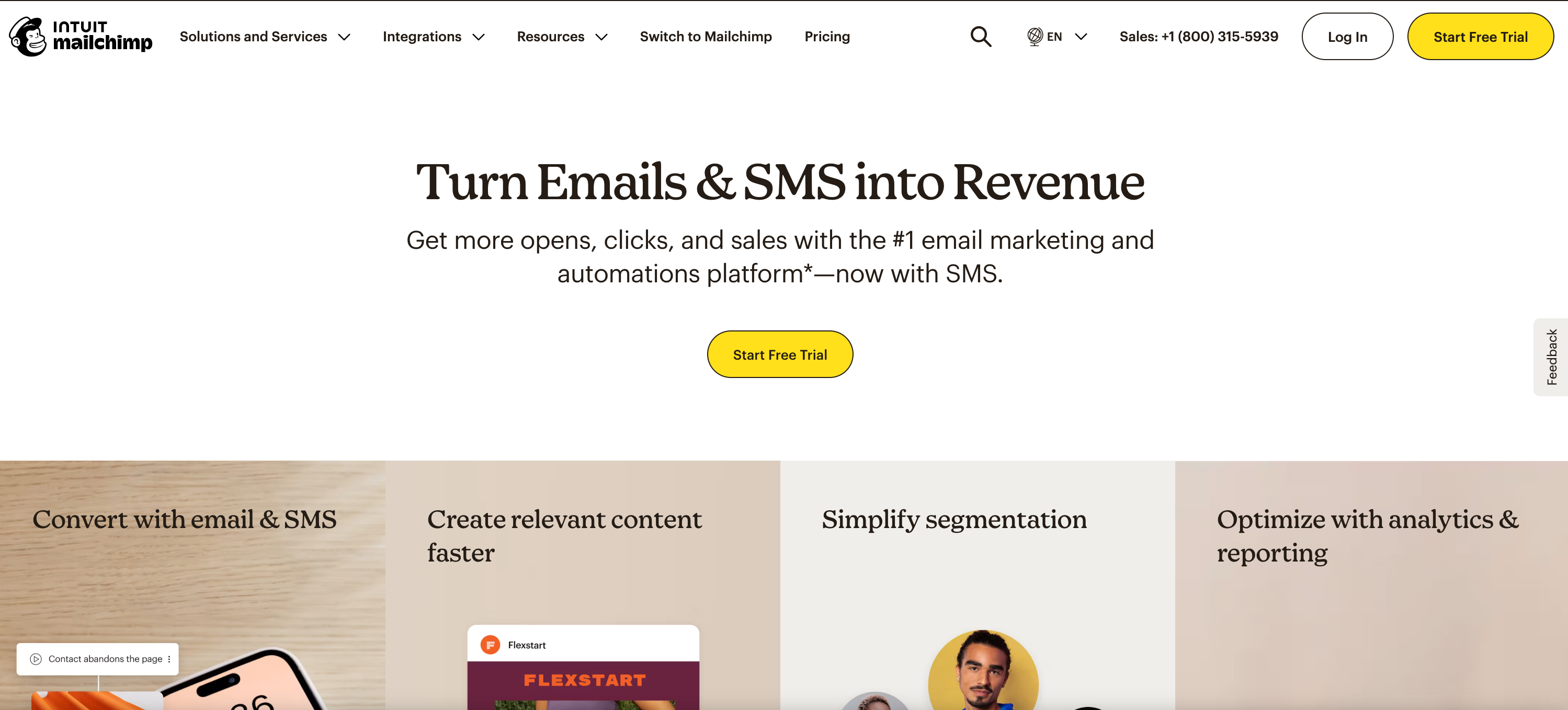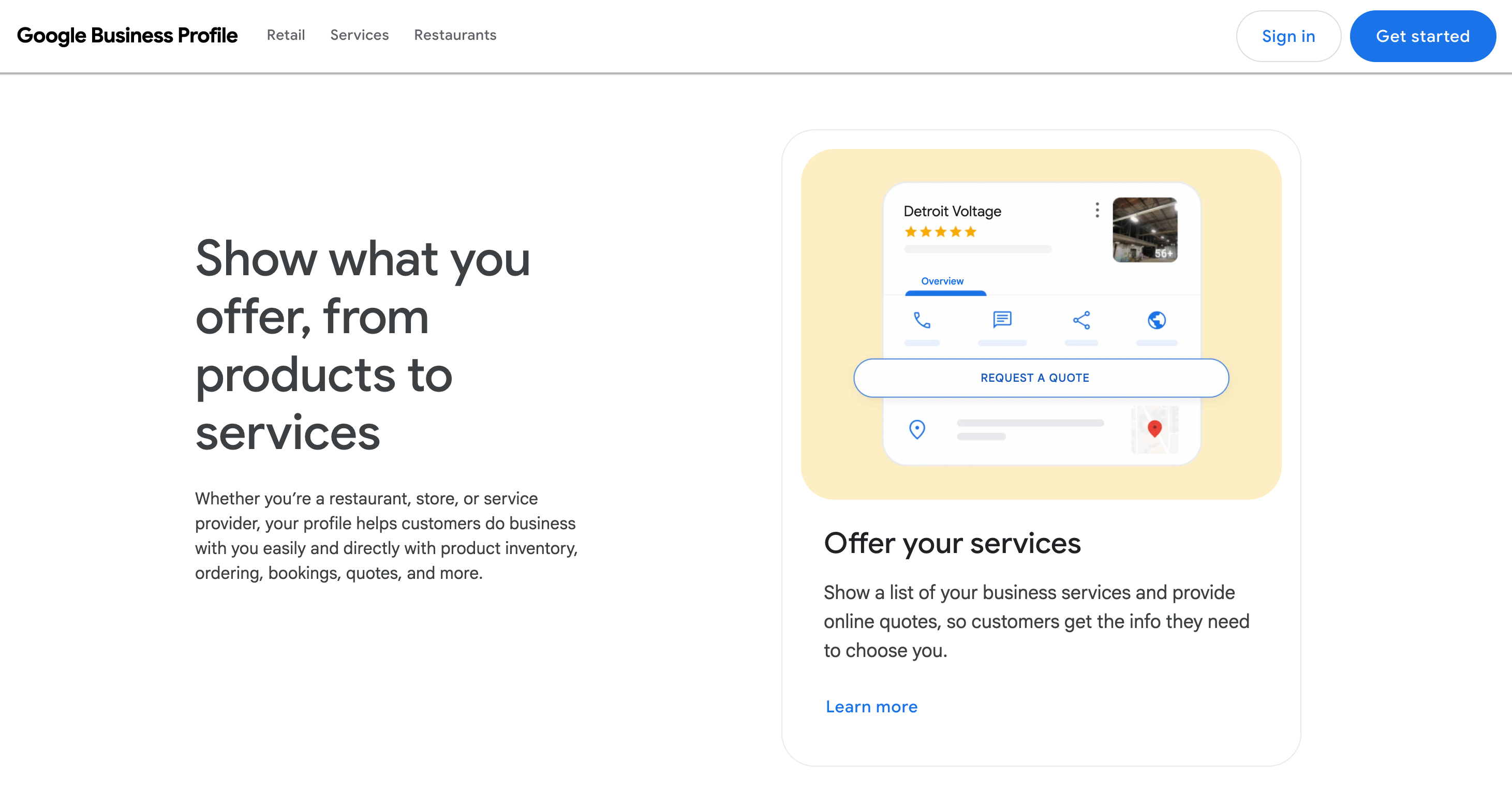If you’re in the first 18 months of starting a landscaping business, then you’re fighting to land and retain customers each month, every month.
It takes a huge amount of effort for * any* new business to acquire customers. New customer acquisition is costly, time-consuming, and maybe worst of all – uneven.
This article is all about maximizing the value from each and every customer you get as a new landscaper – making sure that you are 1) top of mind for the customer you’ve won and 2) that you can leverage that trust you’ve formed to help fortify your reputation and increase your visibility in your local community.
1 – Stay Top of Mind, and Get Them On an Email List
This isn’t an automated email newsletter – this is just a ‘letter to customers’ that you’ll send every 2 months. Get their email address, and personalize the email by using their name. Offer discounts, recommend watering schedules for the various seasons, upsells and other services, recommend other vendors like vetted painters, roofers, fence repair – anything that will have value to your customers.
And even if they stop being a customer, there’s no reason to take them off your email list (unless they ask, of course). This keeps you top of mind no matter where they go in the city.
Lawn care is one of those things that’s an easy line-item to cut during tough times. Don’t let the relationship you’ve built with them get cut because of a temporary situation (an in-city move or financial belt-tightening).
In one email, you could ask for a referral – and offer a discount or even finder’s fee for anyone they recommend.
As in all things, try to add value to their lives. If there’s a deep freeze coming, recommend ways they can save their gardens and hedges. If there’s a heatwave, recommend a watering schedule that helps the water stay in the ground.
Your emails will help keep you top of mind.
Email is one of the only ‘owned platforms’ you have as a business. Google, Instagram, Yelp, Facebook, Nextdoor – none of these are platforms you control. You’re at the whim of their company goals, algorithms and rules. Not so with email.
Email is simply a protocol that allows servers to interact with each other. Similar to a language, it’s not owned by anyone but is available to anyone (who knows the rules) to use.
Similar to doorhangers or mailers, it’s a direct line from you to your customers – and for that reason, it’s a huge benefit. Start building your list right now, even if you only send 1-2 emails a year.
If you’re wondering where to get started, both MailChimp and Kit (formerly ConvertKit) have a free tier that can get you started.

One last thing – if you’re going to use a platform like Gmail instead of MailChimp or Kit to send emails to a group, make sure their email addresses are masked so other recipients can’t see them – it’s just common courtesy.
2 – Sign up for your Google Business Profile
OK, on to the platform that’s not owned by you – the one with arbitrary rules, that can (and do) change any time.
Regardless, Google is a hugely valuable platform and done well, can accelerate the growth of your new landscaping company.
Having a Google Business Profile is a critical piece of being a landscaping business. It’s also required for what I’m about to recommend.
If you’re a local business with a physical location or service area, then you absolutely want to have set up your Google Business Profile.
This is a place that houses your reviews, photos, business hours, address, phone number, service area and more. It allows you to control and edit Google’s information about your business. In addition, the Profile is critical for your visibility in local search.

3 – Ask for a Google Review
Many service-area businesses like landscaping relies on local search to help drive leads for their business.
Appearing on local search is all about reviews. It’s not just about raw numbers, or that every review is a 5-star review.
Most important is to maintain a stream of incoming reviews so that you always have one review that was posted in the last 3 weeks. Review recency is something that Google seems to be using in their review algorythm to rank businesses.
A great way to do this is to give the homeowner a tour after the work is complete. You can ask if there’s anything they’d see that they’d like changed – and at the end of the tour you can ask for a review.
Do this with every new customer you get.
You don’t want to be asking repeat customers for reviews every two weeks.
Or better yet, include the request for reviews in one of your emails.
QR codes are the easiest way to link someone to your Google Business Profile so they can leave a review. Adobe has an ad-free QR code generator with a 30-day free trial called Adobe Express. Include the QR code on a business card you can carry with you – and include a clickable link inside your email.
4 – Respond to (All) Google reviews
Make sure you or someone on your team is able to respond to reviews. If someone walking by a job complimented your work, you wouldn’t want to just ignore them (or at least I hope you wouldn’t). Same with online reviews.
You need to respond to the good ones.
And you need to respond to the bad ones. Professionally, calmly. A bad review is a great place to show excellent customer service, and to (try and) win the customer back with deference and humility.
Set up reputation monitoring so that you can respond within 24-48 hours. Most sites say to respond within 7 days, but this feels way too long in today’s connected world.
Here’s a good template I found for responding to negative reviews:
Thank you for taking the time to share your feedback. We apologize for any inconvenience you experienced and want to assure you that we are taking your concerns seriously. We’re working to resolve the issue as quickly as possible by [insert action here] and will be in touch with you soon. Thank you for your patience.
If you’re being vetted by potential customers, they will see this interaction and know that you’ll take their concerns seriously should they ever arise.
And if you’re worried about how you appear in AI search, then this back and forth will create a story for the AI to mention (something like “is responsive to customer concerns”). These are the kinds of things that AI will pick up for context as a result of a query.
5 – Photograph Your Work and Upload Photos to Your Google Business Profile
(Just ask for permission – keep that trust!)
Figure this out – if you have a good relationship with one of your customers, explain that photos of your work can help other customers discovery you and your service.
Upload a curated selection of photos to your Google Business Profile. Do this at least once a month.
If there’s an overgrown yard, take ‘before and after’ photos – what better way of telling the story of what kind of service you’re capable of delivering than by showing potential customers a landscape transformed?
Because even though we think of landscaping as being about maintenance, it’s truly about taming and transforming an unruly yardscape into a manicured, beautiful scene.
Similar to reviews, Google likes to see an active business owner who is responding to customer reviews and who is active on their Google Business Profile. Plus, the curated photos will be a better representation of your business than user/customer uploaded photos.
About the author

Jon Simmons
Jon is an Austin-TX based visual branding and marketing specialist. He specializes in local discovery for home & professional services.
Jon has over 15 years of experience driving ROI for small businesses in the form of awareness, calls, emails, downloads of menus and (most importantly) customer visits.
Jon is also a co-owner of Slow North along with his wife (and company CEO) Michelle Simmons. At Slow North, Jon led an SEO campaign to realize a 650% sustained rise in organic search and local search traffic.

